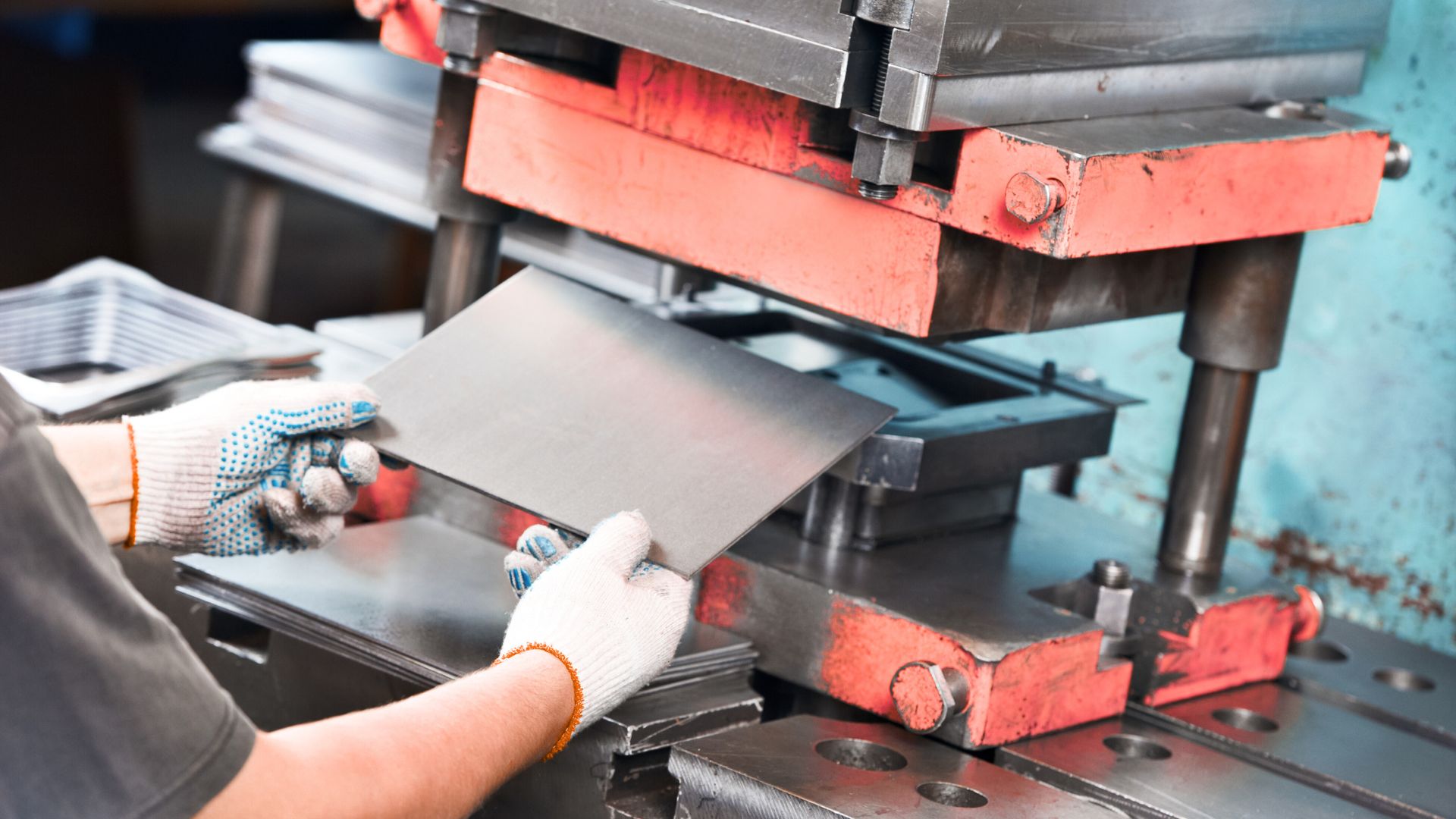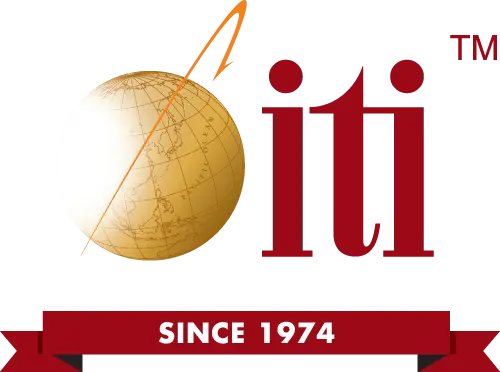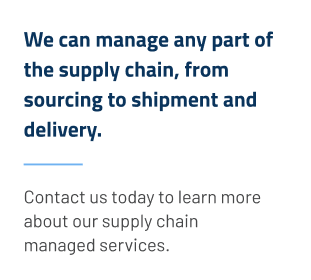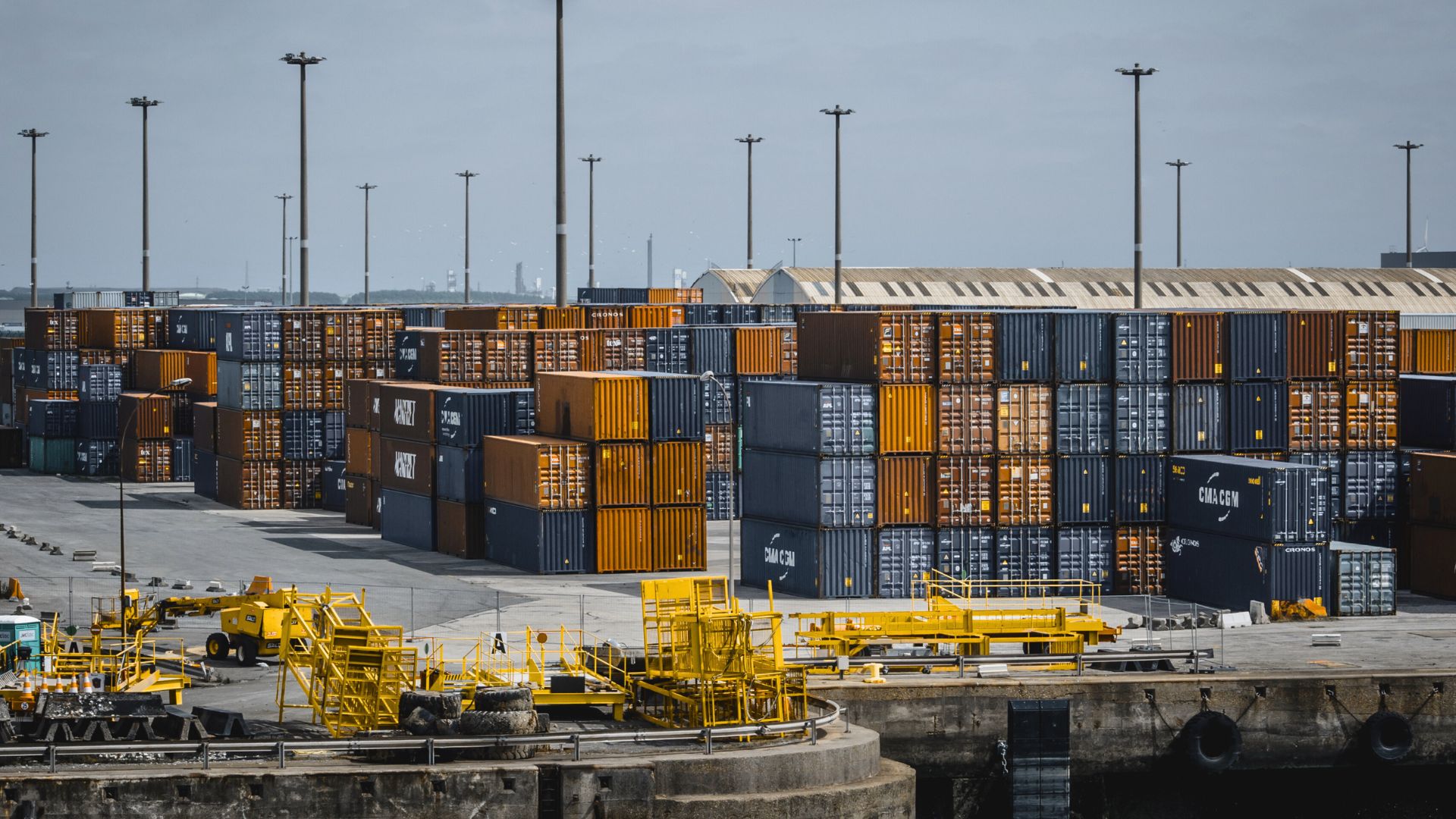
Ask any business leader what drives them to explore overseas production, and cost savings will almost always make the list. But dig a little deeper, and the question becomes more specific: how much cheaper is manufacturing in China, and what’s the catch?
At ITI Manufacturing, we’ve helped companies answer that question for more than 50 years. While China is still one of the top global hubs for offshore production, the cost equation is more nuanced than it used to be. Labor rates have changed. Tariffs fluctuate. Shipping timelines are more unpredictable than ever.
This blog breaks it all down. We’ll explore cost comparisons between the U.S. and China, look at the total landed cost, and review the pros and cons of manufacturing in China today. If you’re wondering whether overseas production is truly a money-saver, you’re in the right place.
Understanding the Cost of Labor in China vs. the U.S.
Labor is one of the most significant drivers of overseas manufacturing savings. In China, factory workers earn substantially less per hour than their U.S. counterparts. Depending on the region, type of work, and industry, labor costs in China can be 60 to 80 percent lower than in the United States.
This makes a significant difference for labor-intensive products that require sewing, assembly, packaging, or multiple manual steps. In those cases, lower labor costs often lead to dramatically lower per-unit prices.
Labor in China has increased steadily over the past decade. It’s no longer the lowest-cost region in the world, but for many companies, it still strikes the right balance between price and capability. And when labor is just one part of a broader cost equation, China’s manufacturing infrastructure still gives it a strong competitive edge.
The Importance of Total Landed Cost (And What It Means)
Comparing hourly wages isn’t enough. You need to look at the total landed cost (TLC) or the complete picture of what it takes to get your product manufactured and delivered. This includes:
- Materials and production costs
- Packaging and labeling
- Quality inspections
- International freight
- Customs duties and tariffs
- Insurance and brokerage fees
- Warehousing or distribution (if applicable)
When you compare quotes between U.S. and Chinese suppliers, you might see a per-unit difference of several dollars. But those dollars may shrink or disappear once you add in overseas shipping costs, customs, and rework for quality issues.
A good partner will walk you through all of these costs upfront so you can budget based on facts, not assumptions. At ITI Manufacturing, we’ve helped businesses navigate total landed cost for decades, giving them the clarity they need to make confident, cost-effective decisions.
Cost Comparison: U.S. vs. China Manufacturing
Before deciding whether to manufacture overseas, it helps to look at how the numbers play out. Comparing quotes at face value only tells part of the story. Real savings depend on everything that happens between placing the order and receiving the finished product.
Manufacturing in China: Pros and Cons
Like any strategy, manufacturing in China comes with trade-offs. Here’s a look at the upsides and potential challenges:
Pros:
- Lower labor and production costs
- Access to mature supply chains and experienced factories
- High capacity for volume manufacturing
- Ability to scale quickly based on demand
- Support for specialized processes or materials not widely available in the U.S.
Cons:
- Longer lead times due to shipping and customs
- Tariff uncertainty based on shifting trade policies
- Time zone and communication hurdles
- Intellectual property risks
- Higher shipping costs for bulky or sensitive items
The bottom line? China can still deliver substantial cost savings, but only when the process is managed correctly. That’s where experience and oversight become essential.
Hidden Costs That Can Cancel Out Your Savings
Too often, companies go into offshore manufacturing expecting significant savings, only to be caught off guard by problems that drive costs right back up. Here are some of the most common pitfalls:
- Unclear specifications: If your production files or requirements are vague, you may end up with a product that doesn’t meet your standards.
- Inconsistent quality control: Without inspections at the factory level, errors can slip through and lead to expensive rework.
- Missed deadlines: Port delays, holidays, and factory overloads can push production behind schedule, which could cost you customers or shelf space.
- Tariff surprises: Import duties can fluctuate quickly. If you’re not planning for tariff risk, you might lose your margin before the shipment even arrives.
This is why working with a partner like ITI Manufacturing is so important when it comes to sourcing and delivery. We help you find a factory while managing the entire process from start to finish. This is the kind of end-to-end support companies come to rely on with every product, every time.
What Overseas Manufacturing Savings Look Like
Cost savings from China go beyond labor. Many Chinese manufacturers operate in highly efficient, vertically integrated ecosystems. That means your factory may also have direct access to material suppliers, component vendors, or even packaging facilities. These types of efficiencies help reduce both cost and turnaround time. For businesses focused on scaling quickly and staying competitive, that kind of built-in support can make a measurable difference.
In the U.S., the same level of vertical integration is harder to find, especially for small or mid-sized companies. That’s part of what keeps China’s production advantage intact, even as wages rise. This built-in efficiency helps offset other rising costs and keeps manufacturing in China a competitive option for many businesses.
U.S. Manufacturing: Is It Still a Viable Option?
U.S. manufacturing has its benefits: shorter shipping routes, fewer language barriers, and strong IP enforcement. For some products, especially those that are low-volume or highly customized, staying domestic makes sense. But in many cases, the cost of labor in China vs. the U.S. still tips the scales.
If your margins are tight or your product needs to hit a competitive price point, offshore production may be the smarter path. Be sure to have a solid understanding of the risks involved and a strategic plan in place to manage costs.
Is Manufacturing in China Less Costly? We’ll Help You Find Out
So, how much cheaper is it to manufacture in China? In many cases, it’s still significantly less expensive than producing in the United States, but only when you factor in the whole picture.
With ITI Manufacturing, you don’t have to guess. We help you calculate the total landed cost, compare options, and avoid the mistakes that eat into your profits.
If you’re ready to explore offshore production without the surprises, we’re ready to help.
Contact us today to see how much you could save with the right offshore partner.




